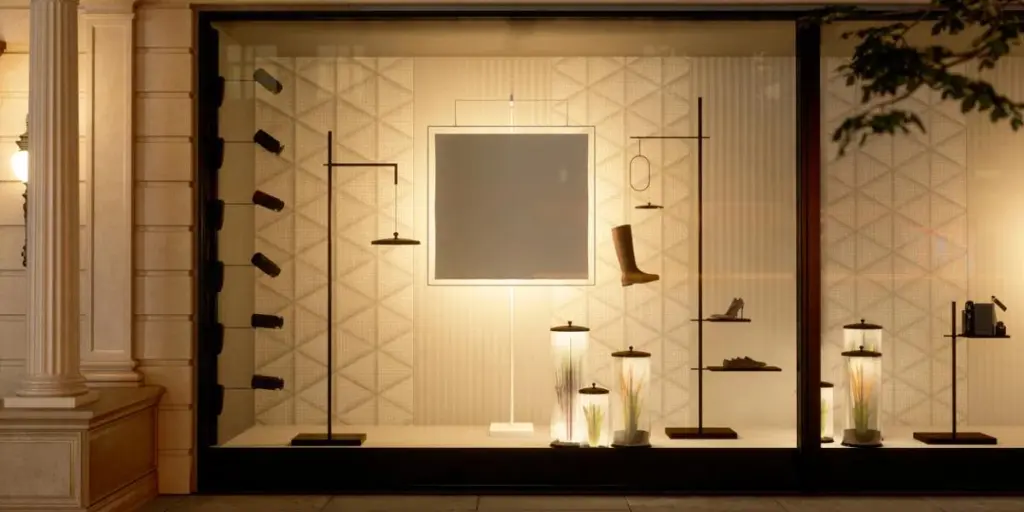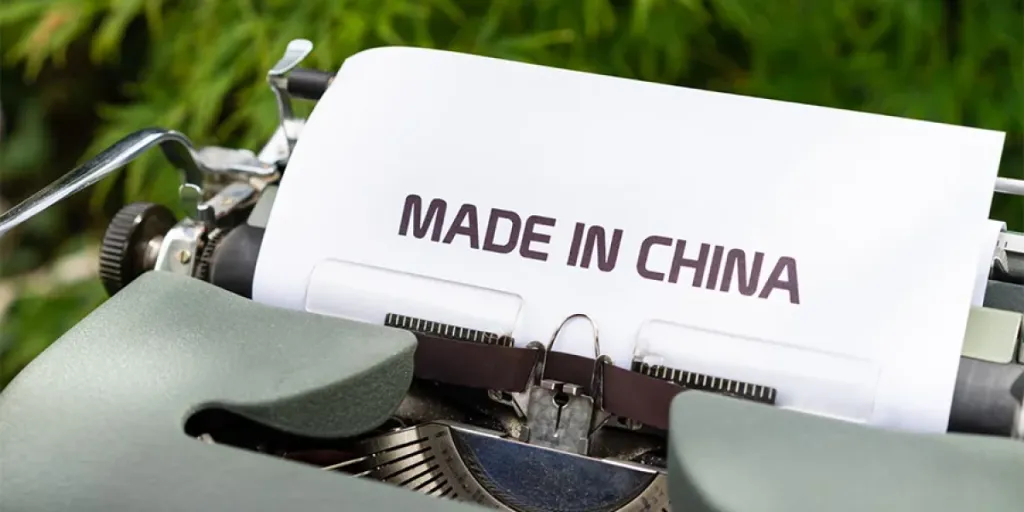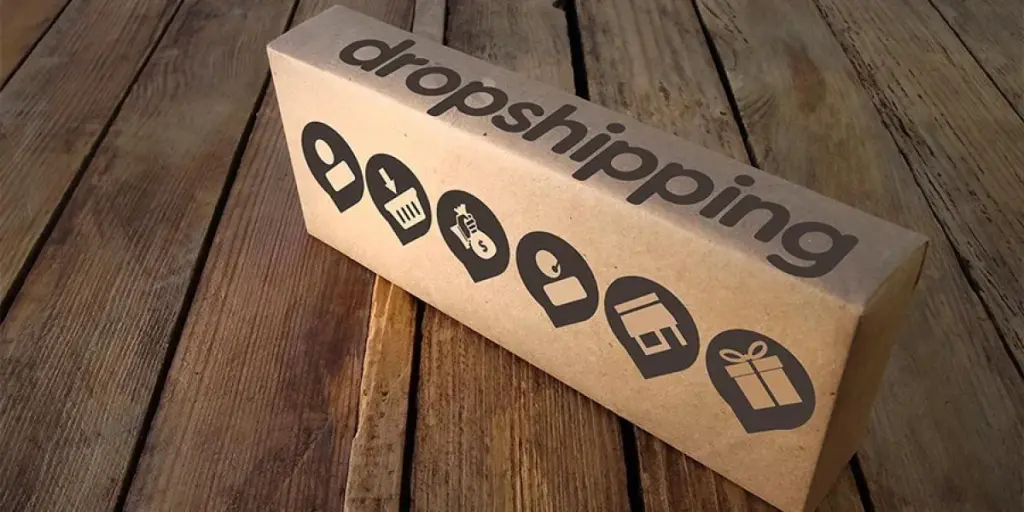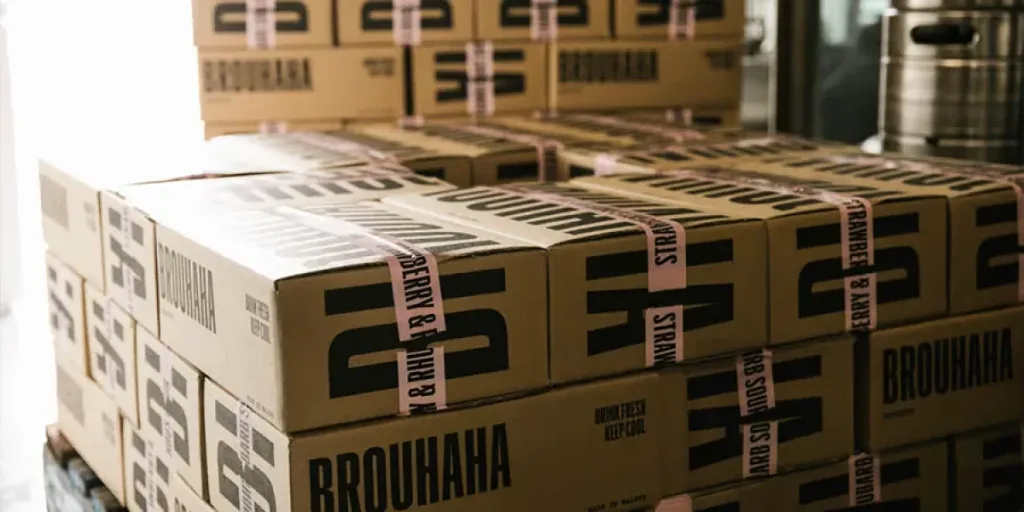“Luxury” can mean different things to different people. A socialite with a million dollars to spare can easily splurge $50,000 on a mink fur coat. But, for a regular social media influencer, that price is over the top.
Net worth aside, the major difference between both buyer personas is their perception of luxury.
This perception is what successful luxury brands hinge their marketing on when building their brands and attracting their ideal buyers. It’s also why luxury brands like Chanel and Gucci can sell a bottle of perfume for $450, and brands like Lattaffa sell a virtually indistinguishable impression oil (or dupe) of that same perfume for $45.
Why do people spend 10x the amount to buy perfume when they can get it at a 10th of the price? The answer can be found in marketing as well as what the brand behind it is perceived to represent.
In this article, we’ll teach you how to build a successful luxury brand online to attract your best buyers.
Table of Contents
Target a specific niche segment
Aimo for high-level differentiation
Stand out with quality craftsmanship
Amplify your brand status online
Network via high-profile events
In summary
Target a specific niche segment
It’s obvious that you’ll need to target affluent customers when building a luxury brand, but identifying and tailoring your brand toward these customers isn’t enough – you must understand the nuance of this unique buyer segment, as well as the type of brands, products, or services that appeal to them.
Balance your customer segment’s desires to align with the niche products you’ll offer, as this will form the crux of your effective product and marketing strategy.
For example, if you were targeting an older demographic, say, Gen X or Boomers; their perception of luxury might be quiet (low-key) — think Max Mara and The Row.
As such, you may want to consider a laid-back approach to design, branding, and marketing — no shouty colors, overly conspicuous logos, and off-the-cuff designs.
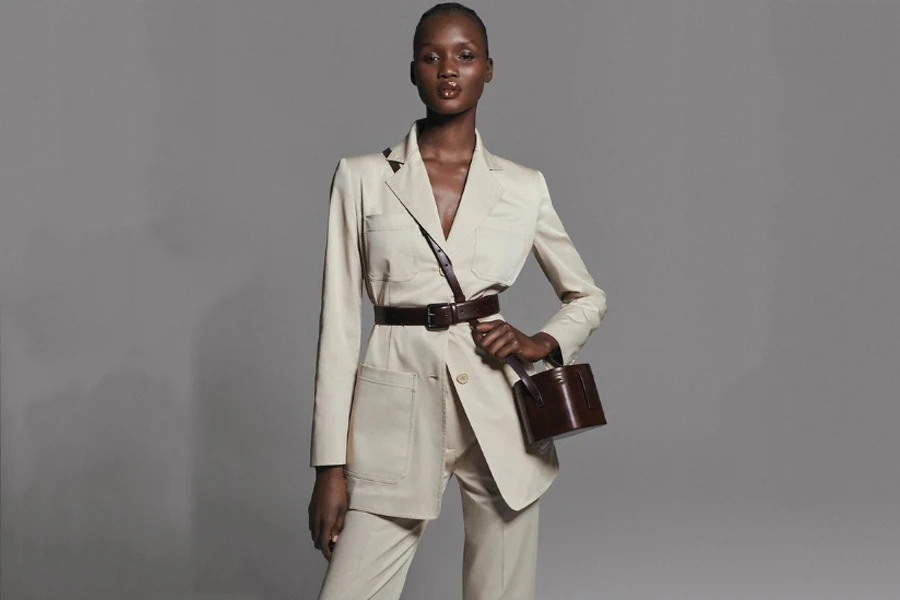
The stakes differ when you target a younger demographic like Gen Z and Gen Alpha (age 26 and below). These market segments are likely to view luxury items as a way to signal their status. They might prefer brands like Balenciaga, Versace, and Gucci, which sometimes come in bold colors and oversized dimensions, or display their iconic logos prominently.
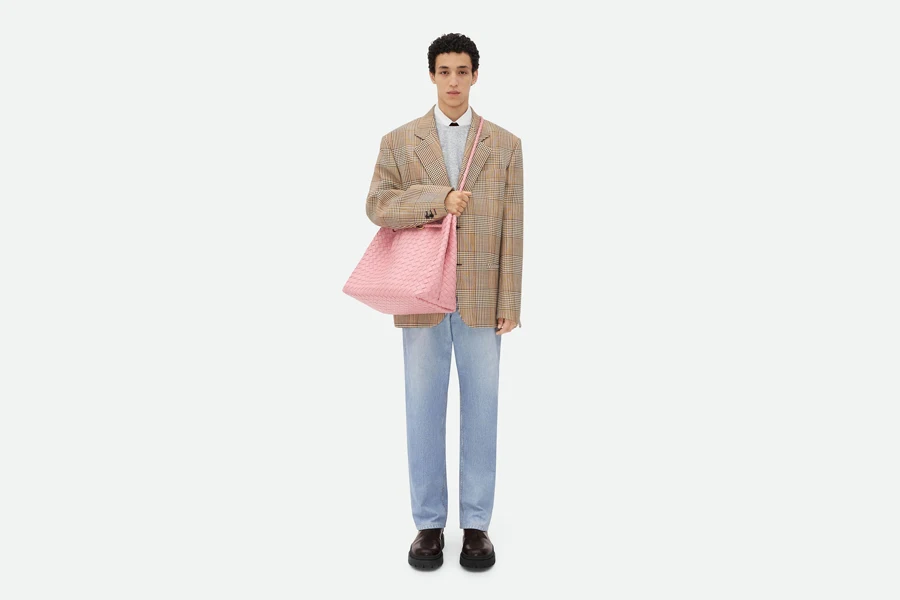
Of course, the above characteristics don’t all fit into these segments. Nevertheless, it’ll do your budding brand good to research and understand the nuances of your niche audience when getting started.
This helps you better position yourself in the market as well as streamline your competitors and develop ways to remain strategic in business.
Once established, you can consider gradually broadening your definition of your ideal customer.
Aim for high-level differentiation
The first step to cracking the code in the luxury industry is to be and to serve differently. By this, we mean honing in on your product or service’s unique value and providing a curated brand experience.
One reliable way to offer both holistically is through personalization and exceptional online and in-store customer experiences. These experiences must remain consistent and symbolic.
Customers’ interaction with your brand must be intricately tailored to their preferences and desires. For example, if you have a luxury clothing line, offering bespoke product customizations will allow your clients to imbue their style into the items they acquire.
Dege & Skinner is one brand that takes product customizations seriously. Rather than mass-produced clothes, their highly experienced bespoke tailoring team designs, cuts, and makes all their clothing to exact standards using customers’ measurements and photographs.

Customers can choose their patterns, fabrics, and designs online or at their Savile Row shop. This personalized brand experience is the reason customers choose them, and even refer other high-end customers to them.
You can also personalize the online customer experience by:
- Adding a choice board to your website. This’ll allow clients to change various product aspects, such as colors, materials, engravings, monograms, or personalized texts.
- Providing virtual consultations with experienced stylists or design consultants. These consultants will assist clients in the customization process, offer personalized recommendations, and ensure their vision and style are reflected in the final product.
- Integrating virtual “try-on” tech into the shopping journey. This technology uses 3D visualization and augmented reality to overlay the virtual representation of a product’s image over your client’s image so they can visualize how the items fit.
According to a Deloitte study, this offers an unparalleled shopping experience and encourages at least seven out of 10 shoppers to shop more with your brand.
However effective, you must tailor your personalization techniques to your customer segment and what appeals to them. Some customers prefer a hybrid shopping experience. That means visiting your website for available products and shopping in-store to experience them physically, rather than ordering them ‘conveniently’ online.
Circling back to the Dege & Skinner example above, we see this hybrid shopping at play. First, they allow customers who can’t visit their Savile Row shop to choose their preferred fabrics via a ‘Fabric Butler’ app for bespoke tailors.
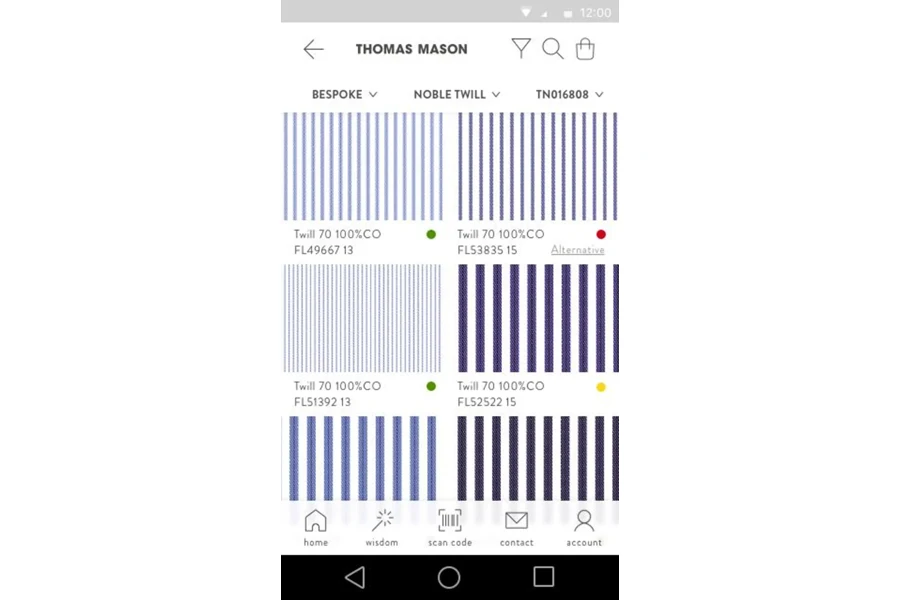
The Head Bespoke Shirt-Cutter, Tom Bradbury, curates the best shirt fabric selections to maintain its personalized experience and streamline browsing. Tom contacts customers about the order after they choose their favorites, indicate their sizes, and add comments to their wishlist.
Afterwards, customers come in for measurements, fittings, and/or pickups.
This sort of differentiated brand experience may not work for every business. But if you must, the key is to balance online and in-store experiences, especially since you cater to an above-average income class.
Stand out with quality craftsmanship
Following closely at the heels of luxury customer experience is great finishings.
It might sound like a no-brainer, but if you charge a penny more than the traditional market price for your product, it should be worth it.
Therefore, if you’re a luxury niche perfumer, for example, your bottle and packaging should be polished and sturdy, evoking luxury. It should also lean towards a less synthetic scent profile. In other words, make your perfume with more natural ingredients like ambergris, patchouli, sandalwood oil, rose and jasmine absolutes, and fewer synthetic components.
“In the hands of a skilled craftsman, even scraps of wood can be transformed into something extraordinary.”
– Richard Sennet, The Craftsman.
Even though it may not be economically feasible to formulate en masse — especially for a growing business — you can use its exclusivity as a selling point and proof of superior craftsmanship in your online marketing efforts. Emphasize that your fragrance is a meticulously crafted work of art formulated in limited batches to ensure the highest quality and authenticity.
You could take it further by offering custom formulations like the luxury perfume house, Boadicea the Victorious, does.
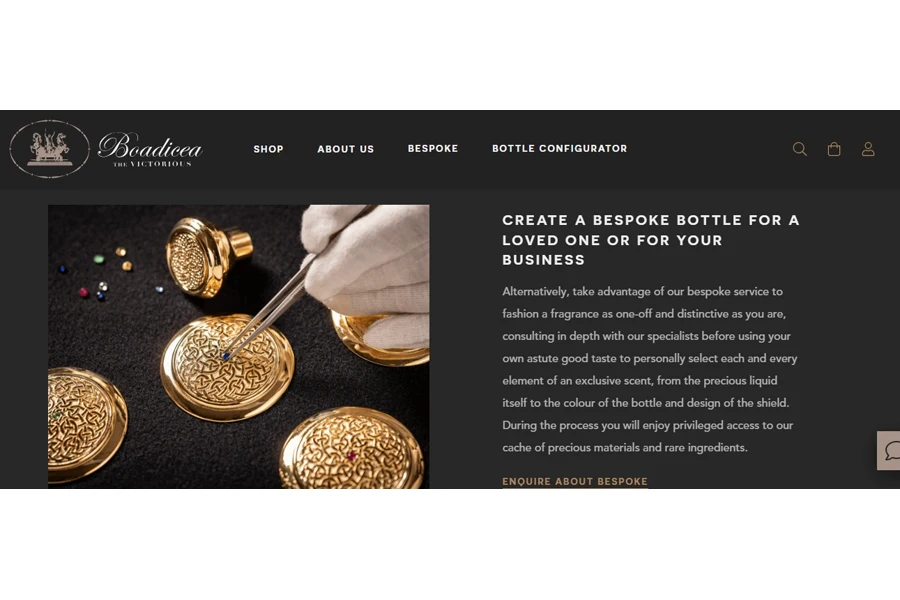
List all the ingredients for perfume formulation on your website, categorized by best pairings. Then, have customers choose their customizations. That way, you improve your brand and customer experience and attract discerning customers willing to pay a premium for a truly unique and luxurious olfactory experience.
Amplify your brand status online
Distinctive trademark features – logos, patterns, branding, color, etc. – are one thing that sets brands apart.
Customers prefer being associated with one brand over another, even in the luxury brand market. For example, a sports or fitness influencer will likely desire merchandise with Nike’s “swoosh” rather than one with Chanel’s interlocked C’s. The reverse is also the case for a lifestyle creator.
It’s all business, as they say — some people prefer aligning themselves with a brand that suits their niche and elevates their online brand status.
Building an online luxury brand requires you to understand how influential personalities in your niche view your brand, with an eye to then collaborate with the best ones. Their endorsement and association are the gateway to perceived exclusivity and status symbolism among your target audience.

It’s also important to create aspirational content online to showcase your products’ craftsmanship and heritage. You can do this through influencer collaborations and branded content.
Luxury watch brand Patek Phillipe does this artfully on Instagram with high-quality photography and captivating narratives that transport potential customers into a world of opulence and aspiration.
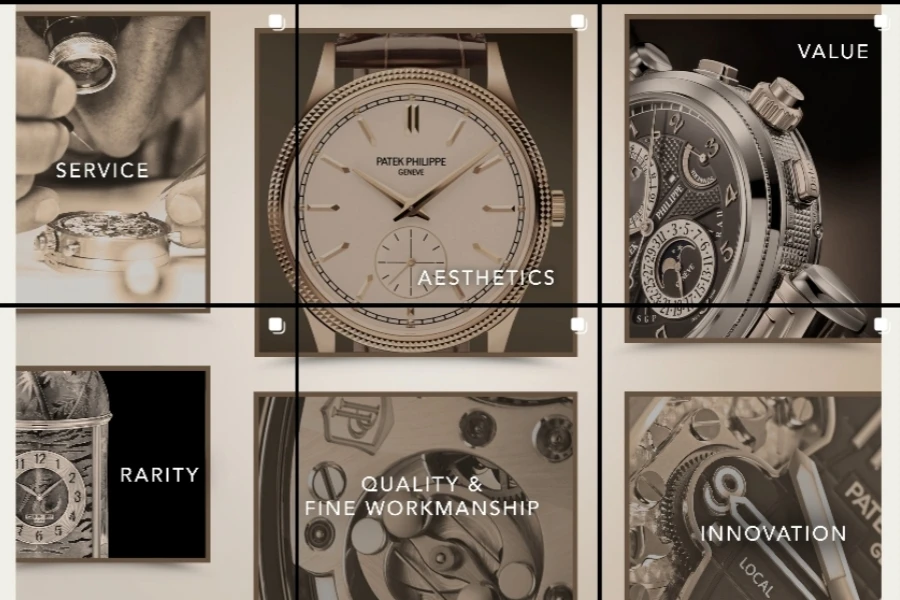
By weaving tales of tradition, innovation, and indulgence, brands ignite desires and reinforce their status as purveyors of the finest experiences.
You can also amplify status symbolism online by creating an aura of scarcity and extreme exclusivity. This works because it plays on emotions and makes people more interested in your product.
Let’s think about Hermès for a second – what’s one popular thing they’re known for?
If you thought Birkin bags, you’re spot on.

Despite never being mass-produced, fashionistas can spot a Birkin from a mile away. Why? Because they’re an unwavering luxury status symbol.
To maintain their brand’s elusive status, Hermès makes the iconic Birkin bag available only to a small percentage of high-class buyers who must literally earn it.
Some customers stay on the waiting lists for up to three years and spend as much on other products as they would on a Birkin bag. “If you want a Birkin 25 that could cost around $10,000, plan to spend as much just to get the offer,” writes Hannah Getahun of Business Insider.
Customers can’t order a Birkin bag online, either. They’ll have to find a sales associate and work with them exclusively, letting the associate know their exact specifications, which does not guarantee they’ll get a Birkin, much less in that exact spec.
So, it’s not about whether customers can afford it. They must first become a Hermès advocate before they’re even let into the “upper echelon.”
By combining this sales strategy with controlled production and distribution, Hermès increases desire and projects high value, which amplifies the brand’s status symbolism online and offline.
Network via high-profile events
Engage actively in, and network at, industry events to enhance your brand’s visibility and prestige. High-profile events provide a platform for showcasing collections and reinforcing your brand’s status.
If you can’t attend these events, perhaps due to a high barrier to entry, collaborate with an upcoming luxury brand similar to your own to increase your chances.
Alternatively, you could participate in brand activism to connect with customers emotionally. To find the best nonprofits, consider your brand’s purpose and what it stands for. Then, collaborate and donate to these organizations to raise awareness.
In summary
The key to building a luxury brand is more than just your products. You’ve got to commit to quality, establish a distinctive identity, connect with your audience emotionally, use innovative marketing, participate in industry events, and make it an all-round luxury lifestyle.
Also, remember to plan every intricate detail of your brand. This includes, but is not exclusive to, design and branding, sales and marketing, and most importantly, customer service.
If you’re just getting started with procurement, visit Alibaba.com to connect with OEM luxury retail suppliers to help manufacture your branded luxury products to spec.
